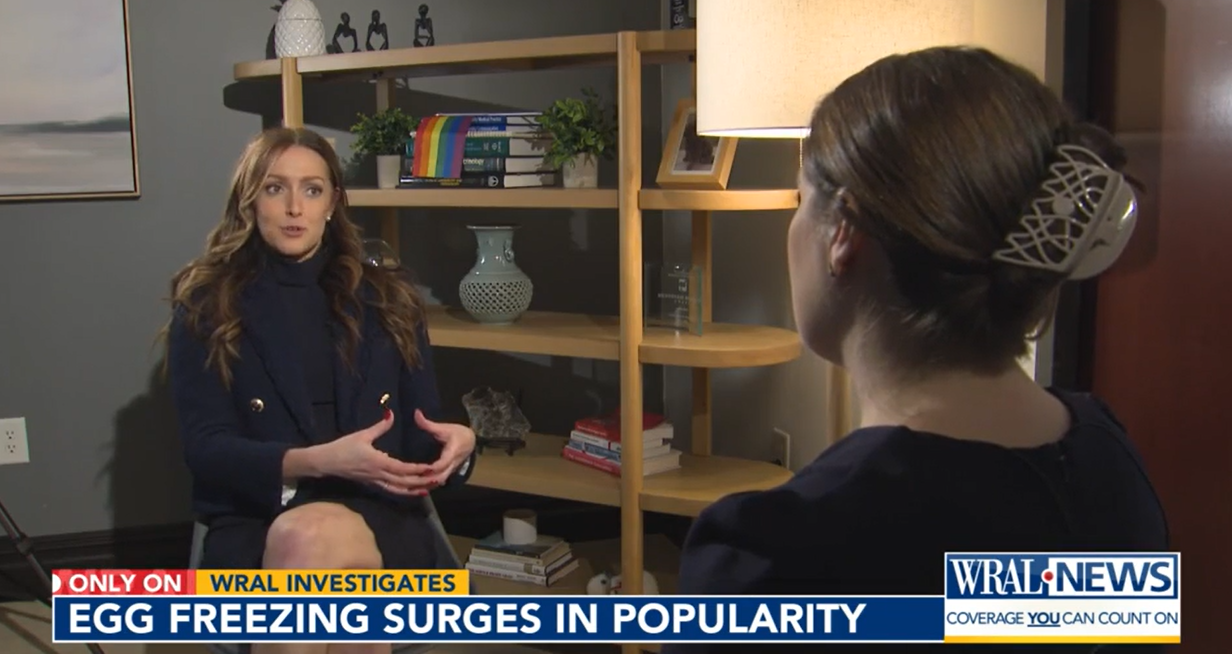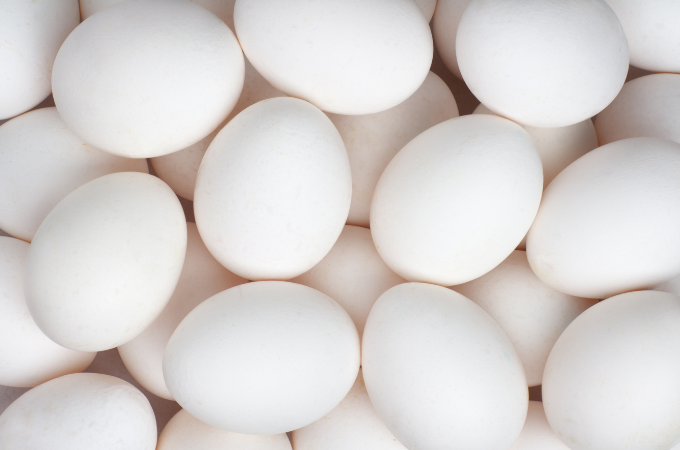Freezing as we know it was not always as reliable, trustworthy, or even available. Dr. Joseph Doyle from the SGF Rockville, MD office talks with Kate Allen, a science and technology writer for news outlet, The Star. The article, Take one egg. Cool to -196 C. Revolutionize fertility. Advances in freezing human eggs have made IVF easier and cheaper for many, but bring thorny new questions.
It wasn’t until 2009 that vitrification, a flash-freeze technology, entered the sphere of assisted reproductive technology and changed fertility treatment options forever. Prior to vitrification, the first sex cell that could be successfully frozen and thawed was sperm. Female oocytes (eggs) are the largest cell in the body, and therefore they are extremely complicated to properly freeze. The same freezing technology used to preserve sperm caused ice crystals to form inside of the eggs ultimately damaging them. Vitrification, when done correctly, eliminates the formation of ice crystals, which allows them to be preserved.
Arguably there are many benefits that have come with vitrification, but for women who want children but aren’t in the right life situation to have a child or children right now, vitrification has leveled the playing field. It made eggs and sperm equals in the realm of fertility preservation.
How Female Fertility Leaped Forward with Vitrification Technology
Before vitrification, egg freezing was rarely used and only used in severe cases such as fertility preservation prior to cancer treatment. With vitrification, the playing field became equal; men can freeze sperm, and women can freeze eggs.
The ability to freeze is even more revolutionary for women than men because female fertility is significantly impacted by a woman’s age and the quantity of eggs a woman has during her lifetime is incomparable to a male’s sperm. Men produce hundreds of thousands of sperm every day while women are born with a set number of eggs and lose them throughout their lifetime. Furthermore, men often remain fertile well into their 50s while female fertility begins to decline in a woman’s late 30s.
Now, women can extend their ability to conceive by freezing their eggs. Furthermore, data has shown that eggs that are frozen, thawed, and used to conceive at a later time have a 70 percent chance of taking home at least one baby for women who are 37 and younger at the time of freezing.
Click to learn more about female fertility or call 1-877-411-9292 to schedule an appointment to learn more about egg freezing. Read the entire story about vitrification and how it has transformed the lives of couples needing and using fertility treatment to have a baby, how it has decreased the cost of fertility treatment, and how it has made fertility treatment much more effective and efficient.






